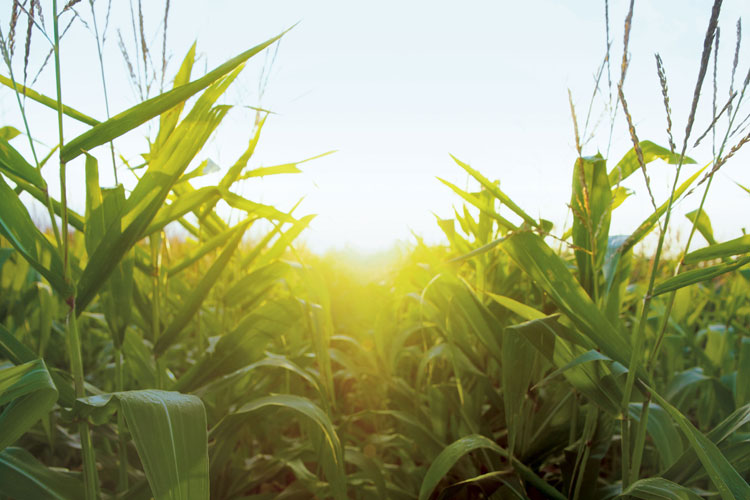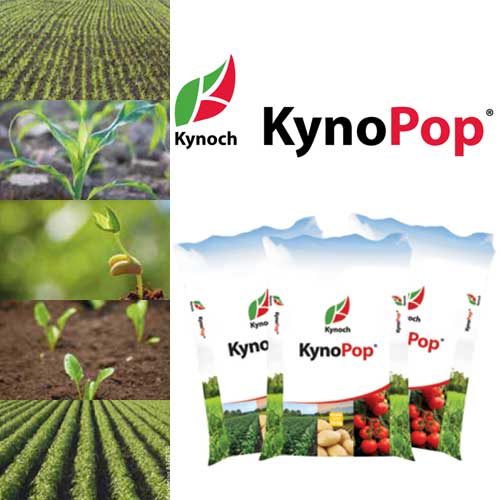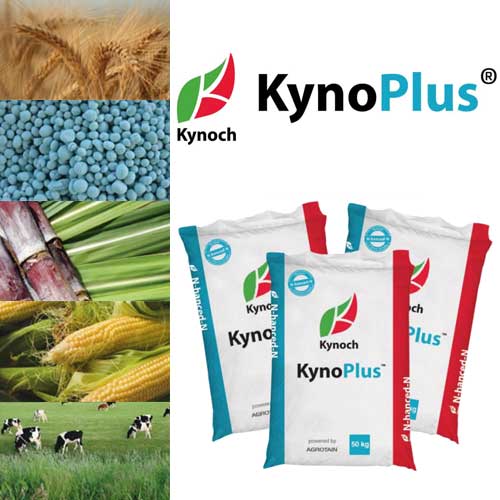The Composition and Benefits of an Organic Liquid Fertilizer
29/07/2021
Some Guidelines for the Selection and Use of Soil Fertilizer
26/10/2021The requirement for an Effective Tomato Fertilizer
While we are a nation of meat lovers, most South Africans like to balance their consumption of chops, boerewors and other braai goodies with a helping of salad. The stuff from the local supermarket is convenient and generally of high quality. However, there is no substitute for that purchased from a farm stall or home-grown veggies if you have the space and the know-how. For example, growing a succulent red tomato requires a fertilizer with the correct composition. The absence or excess of some essential nutrient could mean a poor crop or no crop at all.
It is best to plant the seeds in trays or small pots as this will assist germination and establish some roots before transferring them to the soil. However, before planting out, a professional soil analysis is advisable. The test results will reveal any deficiencies and whether or not the soil pH may require adjustment. Adding lime will raise the pH, while sulphur or sulphates will increase its acidity. To ensure the best from your tomato fertilizer, a pH of between 5,5 and 7,5 should be ideal.
 For suitably balanced soils or those containing a high nitrogen concentration, use a product with a higher ratio of phosphorus to nitrogen. It’s standard practice to label soils according to the relative proportions of nitrogen, phosphorus and potassium they contain, in the order, they are named here. For example, in the situation described above, the best choice would be to select a product labelled 5-10-5 or 5-10-10. A tomato fertilizer with equal proportions of these three essential nutrients should do the trick where nitrogen may be lacking.
For suitably balanced soils or those containing a high nitrogen concentration, use a product with a higher ratio of phosphorus to nitrogen. It’s standard practice to label soils according to the relative proportions of nitrogen, phosphorus and potassium they contain, in the order, they are named here. For example, in the situation described above, the best choice would be to select a product labelled 5-10-5 or 5-10-10. A tomato fertilizer with equal proportions of these three essential nutrients should do the trick where nitrogen may be lacking.
When transplanting seedlings, a slow-release product will be the best choice as it will continue to provide your pant with essential nutrients for up to two months before you need to add more. It’s advisable to check out the manufacturer’s instructions before applying the product. About half a cup per plant should be adequate, but more concentrated preparations could require less. Work the mix into the upper 15 centimetres of the topsoil, and you’re ready to go.
Once the fruit appears, more tomato fertilizer will then be necessary for maintenance. A liquid product will work well, but granules will also be fine, providing they are thoroughly watered in after application. Apply all around the stems about 15cm from each plant. Repeat this routine every 4 to 6 weeks, and your plants should continue producing lots of lush fruit.
If you would like to learn more about caring for your plants, book a soil analysis or purchase some world-class tomato fertilizer, look no further than Kynoch – an industry leader since 1919.
Sources:






.png?v=1594369838025?v=1594369838026)